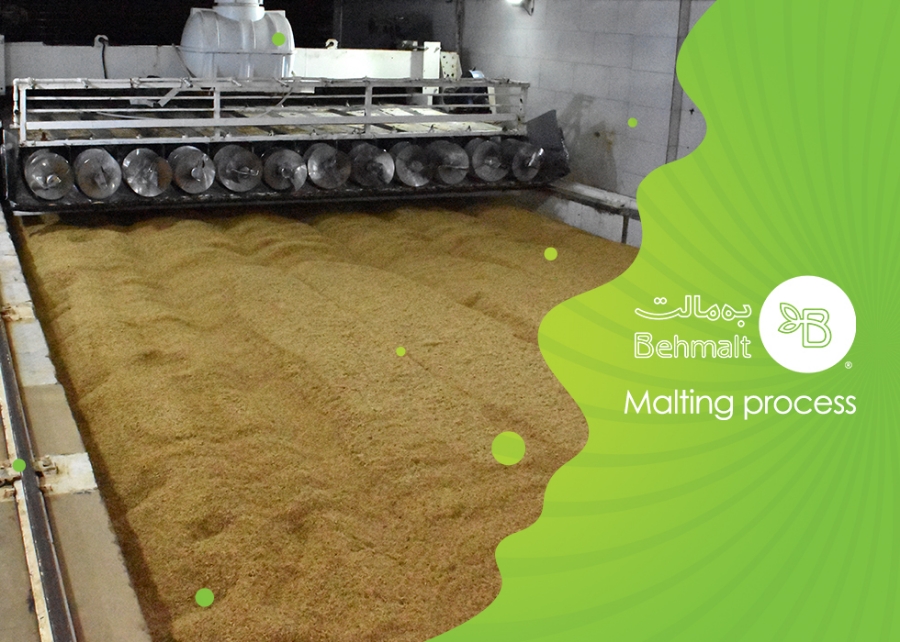
The malting process involves soaking cereal grains in water and allowing them to germinate before drying and roasting them. This process changes the composition and physicochemical properties of the grains, leading to various effects on their nutritional value, flavor, and other characteristics. Here are some of the effects that the malting process can have on the physicochemical properties of cereal grains. In summary, the malting process can impact several physicochemical properties of cereal grains, such as reducing starch and protein content, activating enzymes, altering pH and color, and adding distinctive flavors. These changes can have various implications on the nutritional value and sensory properties of malted products such as beer, bread, and breakfast cereals.
Malting is a process whereby cereal grains, such as barley or wheat, are allowed to germinate and then are dried and kilned. This process results in several changes to the physicochemical properties of the grains. Here are some of the effects of malting on cereal grains:
In summary, the malting process can have a significant impact on the physicochemical properties of cereal grains, including enzyme production, carbohydrate breakdown, phytic acid reduction, increase in soluble fiber, modification of color and flavor, and alteration of protein structure.
سیبسیبسیبسیب
لورم ایپسوم متن ساختگی با تولید سادگی نامفهوم از صنعت چاپ و با استفاده از طراحان گرافیک است. چاپگرها و متون بلکه روزنامه و مجله در ستون و سطرآنچنان که لازم است و برای شرایط فعلی تکنولوژی مورد نیاز و کاربردهای متنوع با هدف بهبود ابزارهای کاربردی می باشد. کتابهای زیادی در شصت و سه درصد گذشته، حال و آینده شناخت فراوان جامعه و متخصصان را می طلبد تا با ن
لورم ایپسوم متن ساختگی با تولید سادگی نامفهوم از صنعت چاپ و با استفاده از طراحان گرافیک است. چاپگرها و متون بلکه روزنامه و مجله در ستون و سطرآنچنان که لازم است و برای شرایط فعلی تکنولوژی مورد نیاز و کاربردهای متنوع با هدف بهبود ابزارهای کاربردی می باشد. کتابهای زیادی در شصت و سه درصد گذشته، حال و آینده شناخت فراوان جامعه و متخصصان را می طلبد تا با نرم افزارها شناخت بیشتری را برای طراحان رایانه ای علی الخصوص طراحان خلاقی و فرهنگ پیشرو در زبان فارسی ایجاد کرد. در این صورت می توان امید داشت که تمام و دشواری موجود در ارائه راهکارها و شرایط سخت تایپ به پایان رسد وزمان مورد نیاز شامل حروفچینی دستاوردهای اصلی و جوابگوی سوالات پیوسته اهل دنیای موجود طراحی اساسا مورد استفاده قرار گیرد.لورم ایپسوم متن ساخ